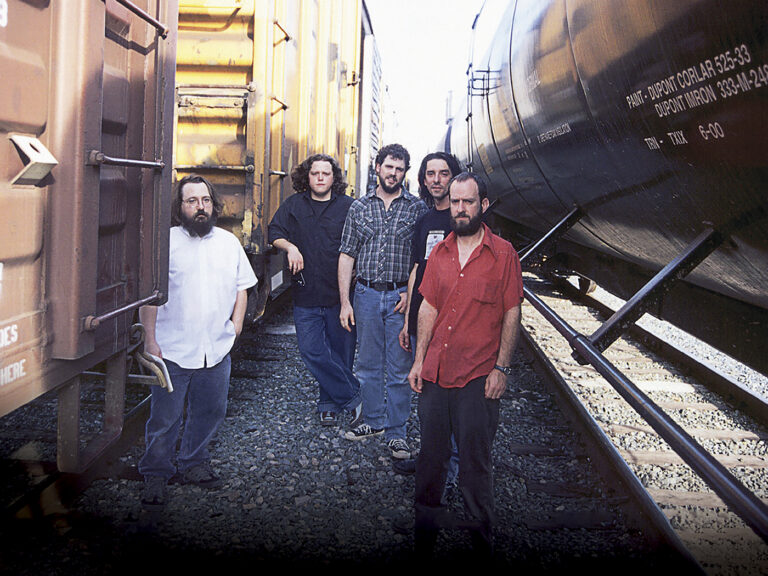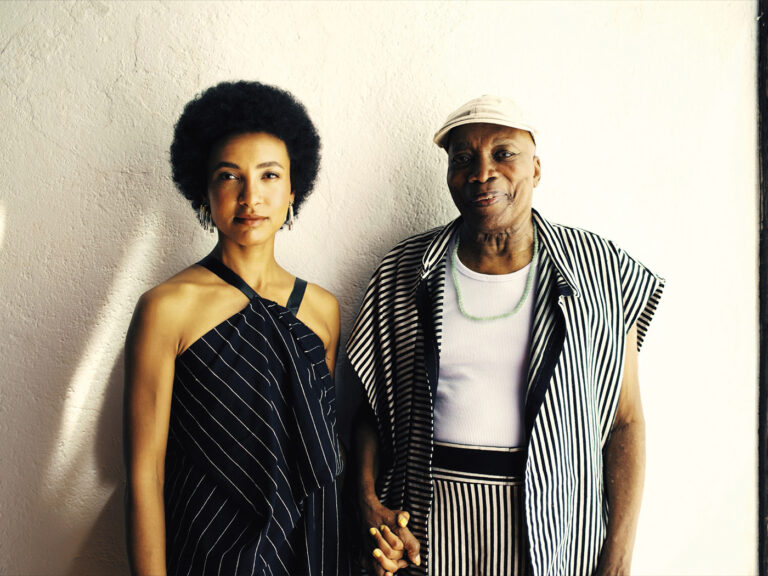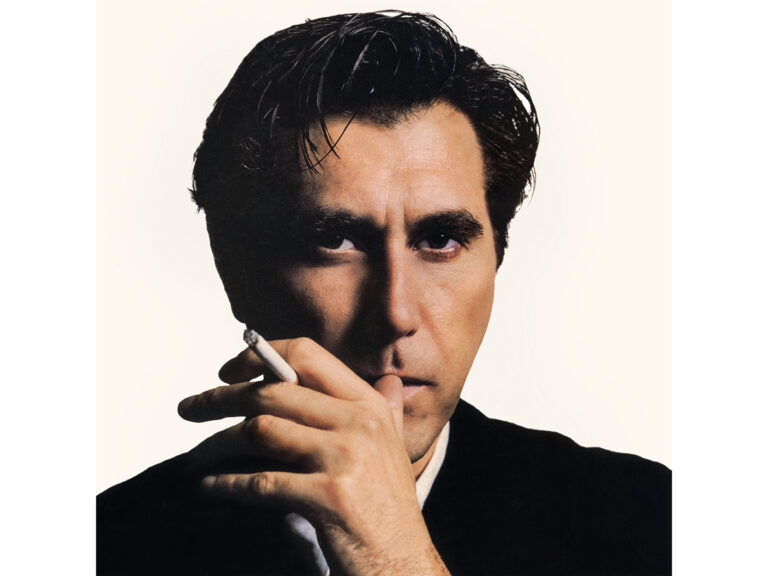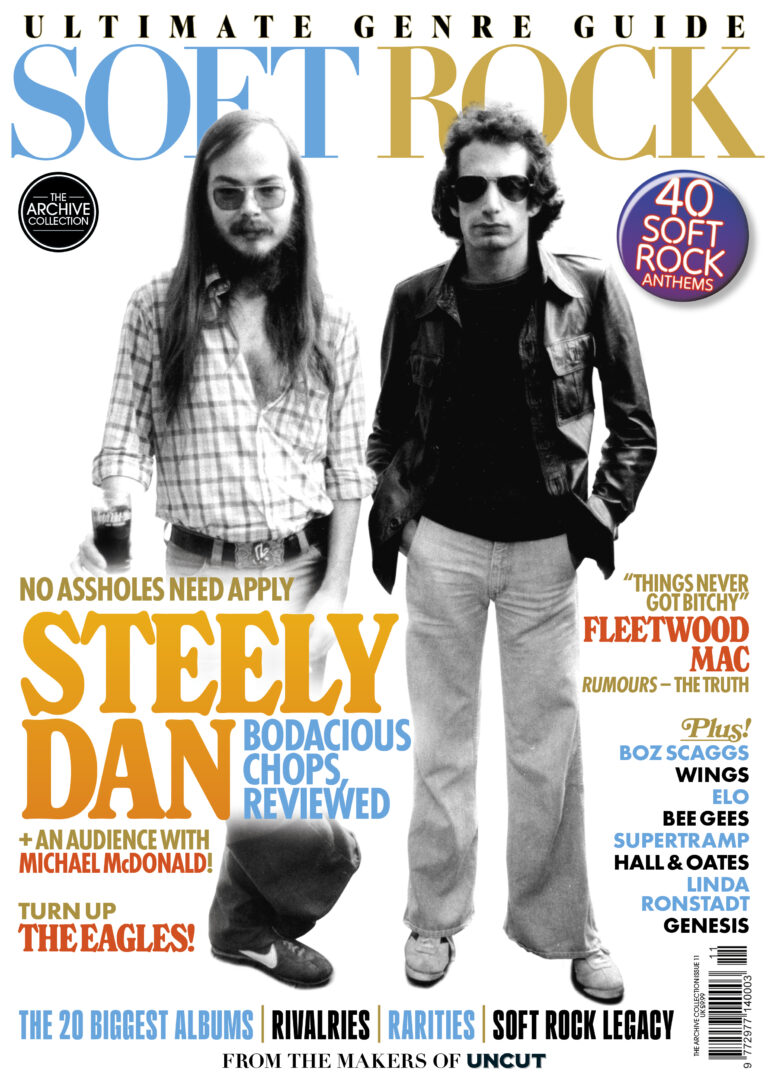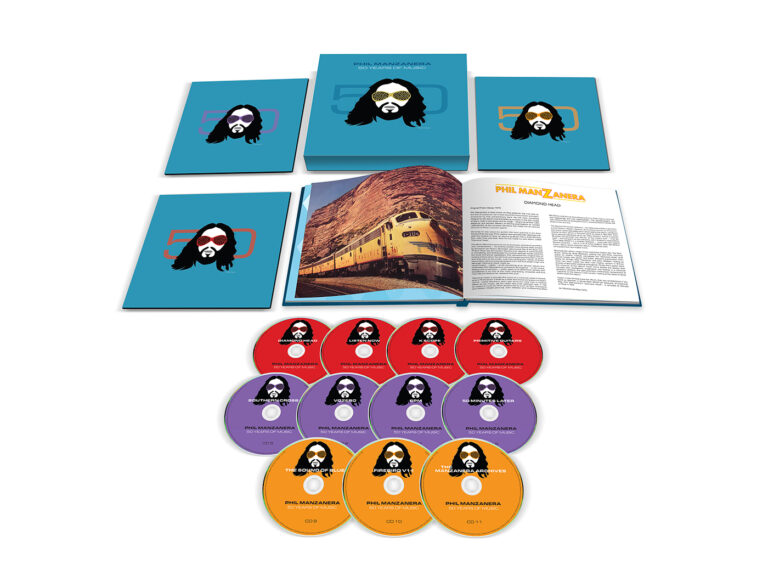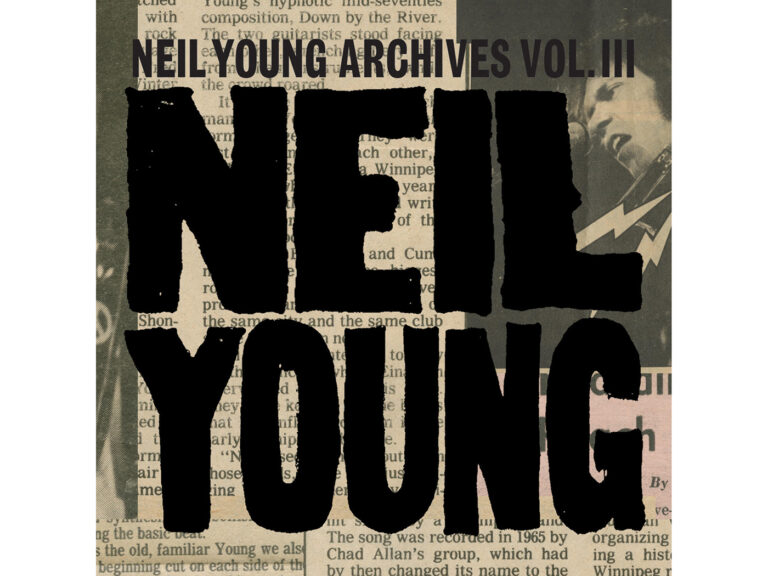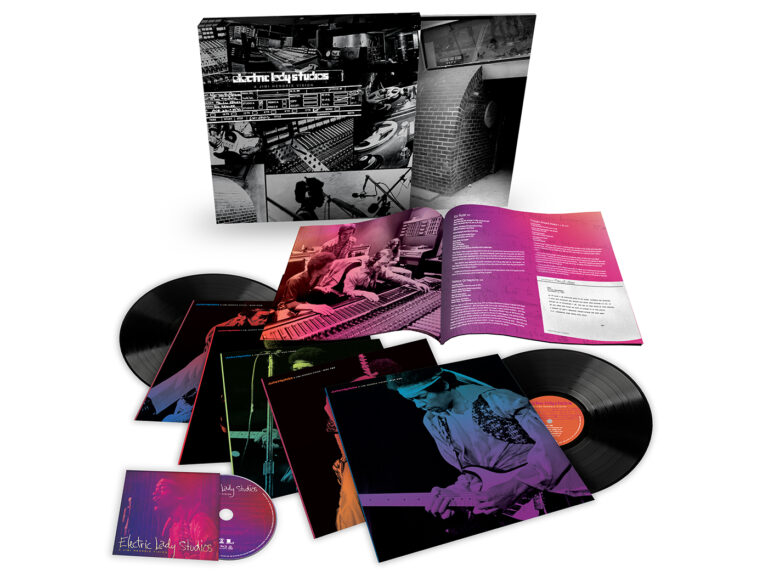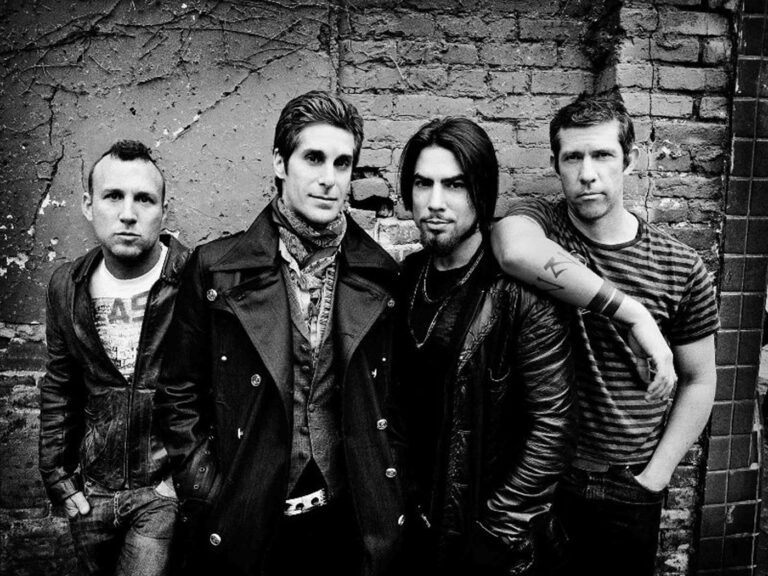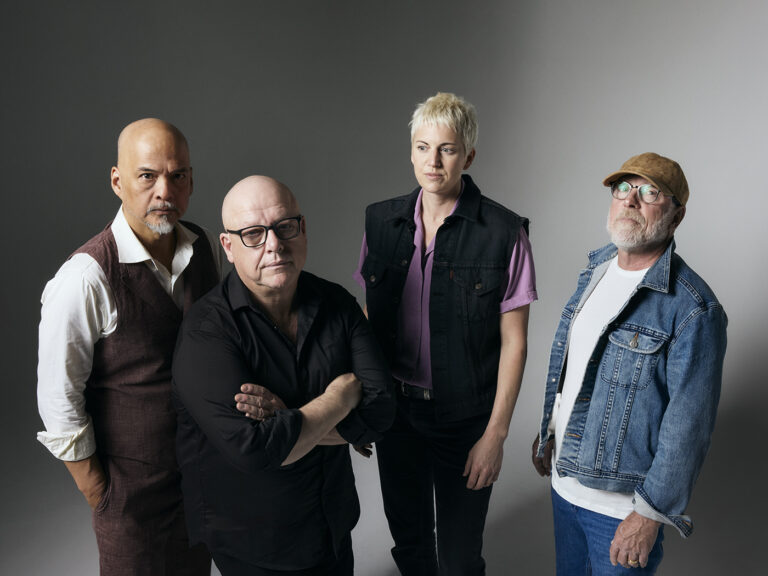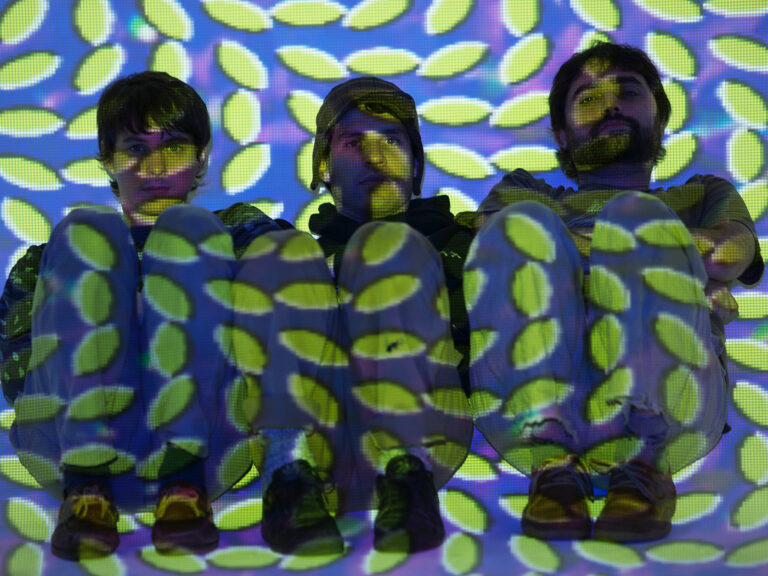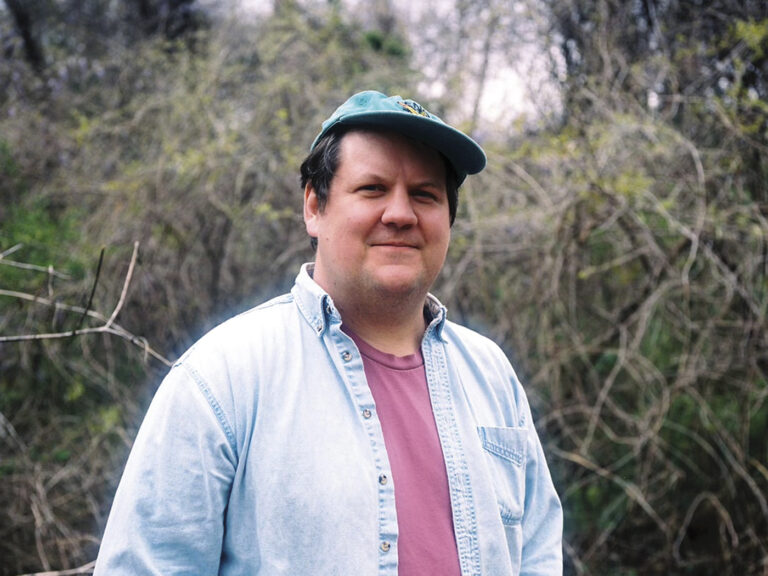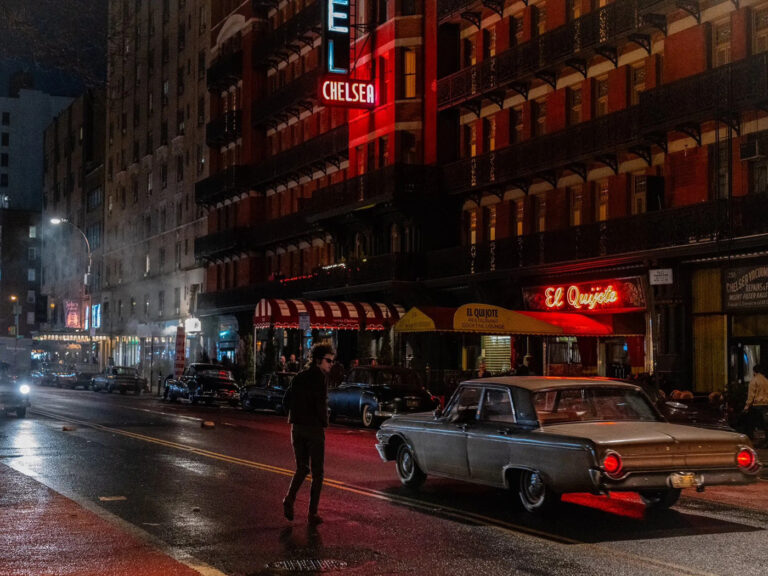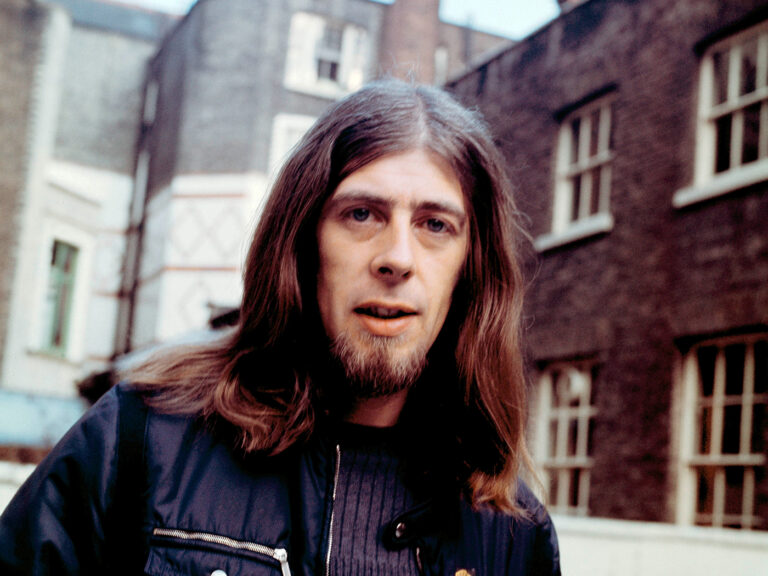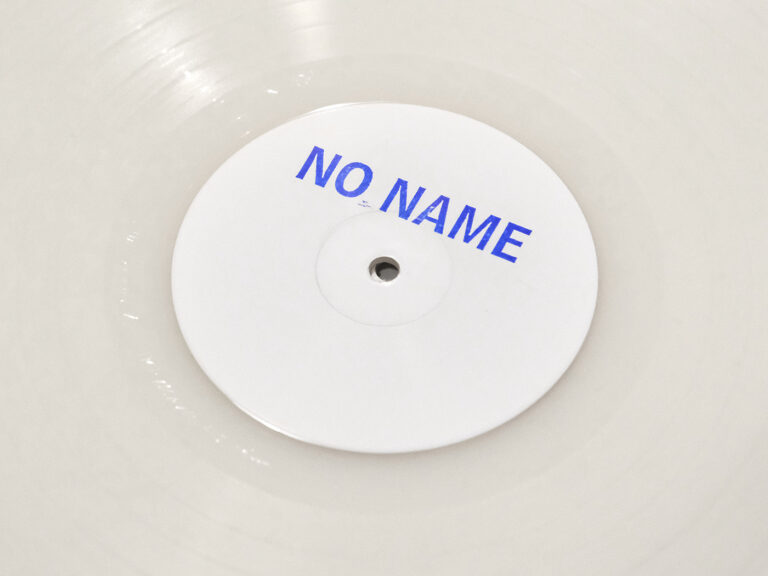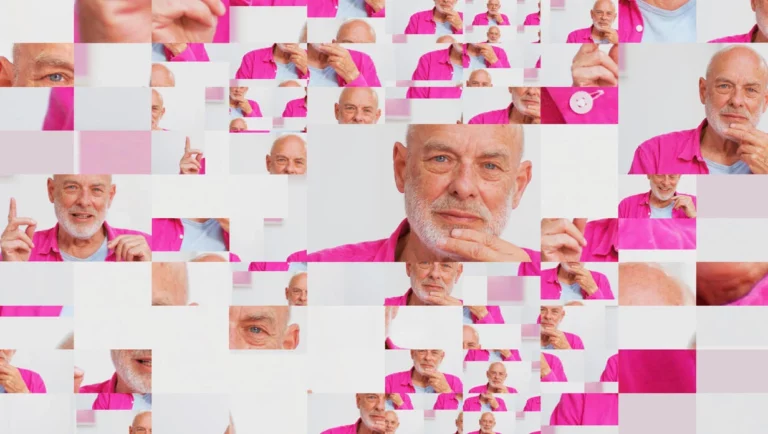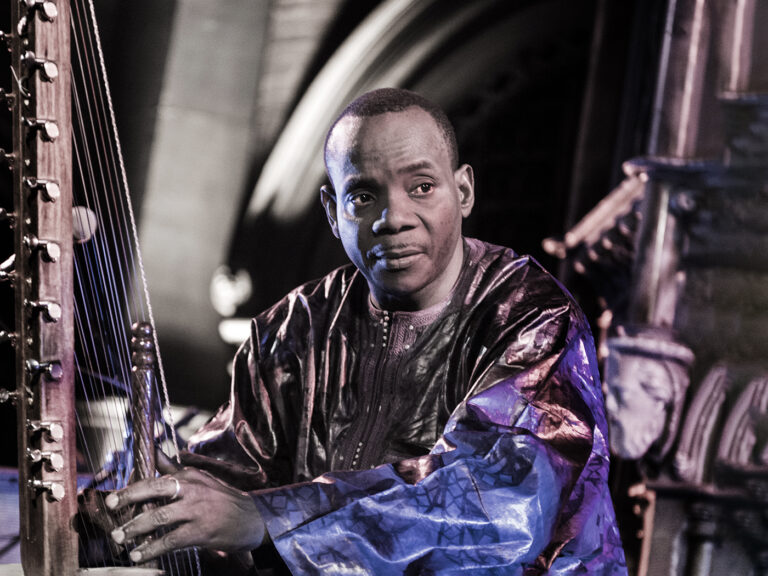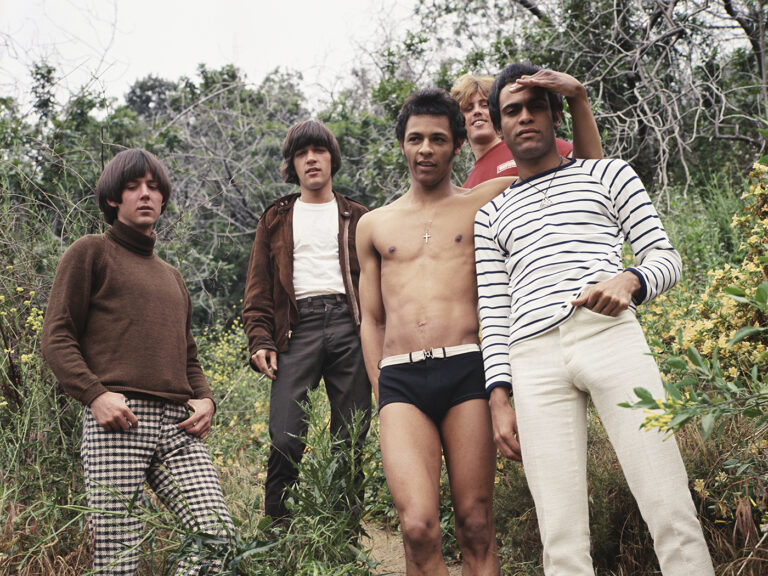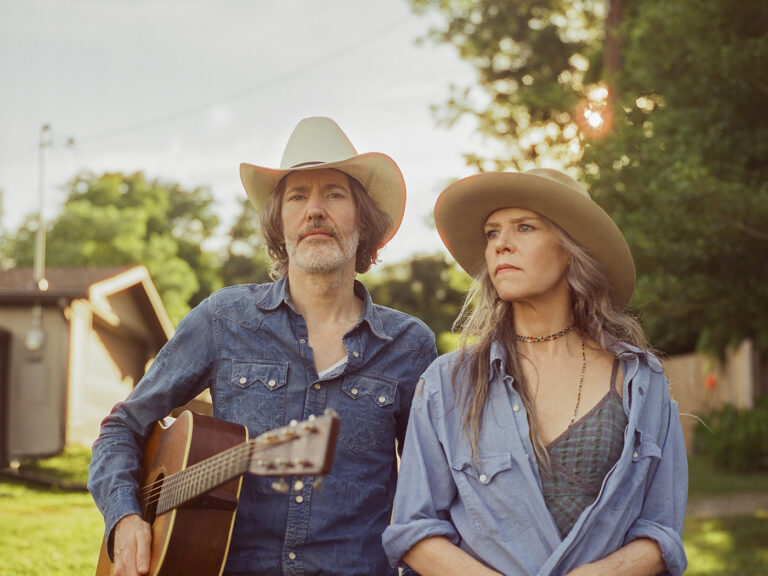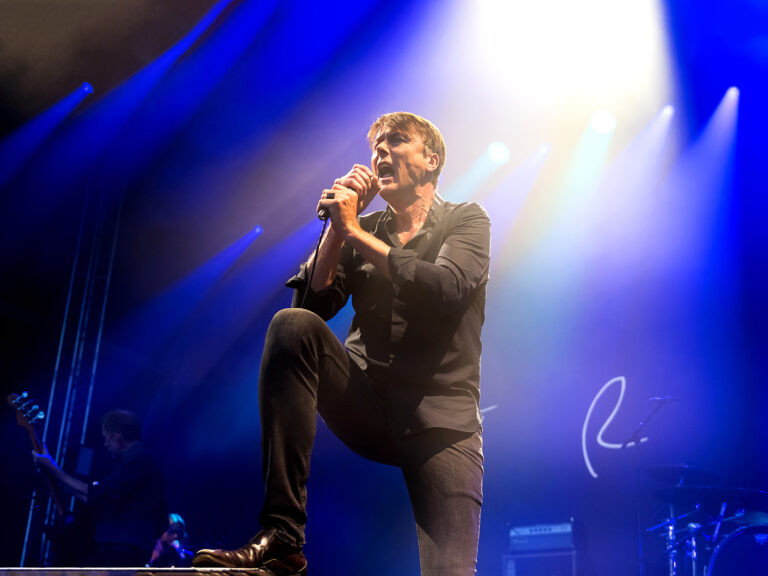Drive-By Truckers are an American institution: alt.country punks turned Southern rock revivalists, grizzled latter-day flag-wavers for the 20th-century indie idealism Michael Azerrad documented in This Band Can Be Your Life, and a crucible of world-class songwriting talent that includes ex-Trucker Jason Isbell and founding fathers Patterson Hood and Mike Cooley. Over the course of 14 studio albums and almost three decades of hardscrabble touring, the group has honed a sound and sensibility that’s ragged, steaming, sentimental, political, smartass, heartfelt and heartbreaking, with hollered harmonies and white-knuckle guitar jams owing more to Lynyrd Skynyrd than the Allman Brothers, while also invoking Neil Young & Crazy Horse, old-time string bands and the Southern soul music forged at Alabama’s historic FAME and Muscle Shoals Sound studios (both of which employed Hood’s bass-playing father David in pivotal roles).
Drive-By Truckers are an American institution: alt.country punks turned Southern rock revivalists, grizzled latter-day flag-wavers for the 20th-century indie idealism Michael Azerrad documented in This Band Can Be Your Life, and a crucible of world-class songwriting talent that includes ex-Trucker Jason Isbell and founding fathers Patterson Hood and Mike Cooley. Over the course of 14 studio albums and almost three decades of hardscrabble touring, the group has honed a sound and sensibility that’s ragged, steaming, sentimental, political, smartass, heartfelt and heartbreaking, with hollered harmonies and white-knuckle guitar jams owing more to Lynyrd Skynyrd than the Allman Brothers, while also invoking Neil Young & Crazy Horse, old-time string bands and the Southern soul music forged at Alabama’s historic FAME and Muscle Shoals Sound studios (both of which employed Hood’s bass-playing father David in pivotal roles).
BRUCE SPRINGSTEEN IS ON THE COVER OF THE NEW UNCUT – ORDER YOUR COPY HERE
The Truckers also made one of the 21st century’s greatest concept albums. Released a day after the 9/11 attacks in 2001, Southern Rock Opera is an epic tale of a doomed musician that also made a potent political statement on “the duality of the Southern thing” (a coinage the album introduced) – the problematic mix of pride and shame that informs, many would say warps, the cultural identity of the American South. The story of Southern Rock Opera’s creation is nearly as epic as the album’s semi-fictional narrative, and it’s documented in this impressive, overdue and yet timely reissue, a double-turned-triple LP with added outtakes, unreleased overflow songs, live cuts and a meaty new essay by loquacious ringleader Patterson Hood.
The condensed backstory goes like this. After a couple of well-received albums recorded on the cheap, the Truckers get a crazy notion to create a magnum opus, which began as a brainstorm for a movie about a fictional band called Betamax Guillotine, with a narrative drawn in part from the real-life story of Lynyrd Skynyrd – whose guitarist and songwriter Ronnie Van Zant, as legend incorrectly but provocatively had it, was beheaded by a flying VCR in the plane crash that killed him and other band-members in 1977. The story would also be colored by Hood’s “near-phobia”, as he writes in the reissue notes, of dying on tour in a van accident, as happened to fellow musicians in the Southern indie band The Jody Grind in 1992.
With the death of the famously racist Alabama politician George Wallace in 1998, the storyline ballooned to include him, the Devil, the legacy of the Jim Crow South, Neil Young and more. The stress of the album project coincided with, and no doubt contributed to, collapsed marriages, internal feuding and bouts of poverty that nearly destroyed the band. But after self-financing the $7000 recording (made on the now-defunct Hi8 audiocassette format), releasing the CDs themselves and taking the album out on the road, Southern Rock Opera was wildly well-received, changing the course of the band’s career. In 2024, the record remains as powerful as ever, with its triple guitar assault and disturbingly current themes, from the dangers of life on the road to the special place in hell it posits for “kiss-ass politicians who pander to assholes.”
By today’s standards, Act 1 should perhaps begin with a trigger warning. It opens with “Days Of Graduation”, Hood’s explicit narration of a bloody car wreck delivered in a distorted voice suggesting a police radio dispatcher. That’s the introduction to “Ronnie And Neil”, a song unpacking a famous songwriter beef that, in 1970s American rock’n’roll terms, was no less seismic than this year’s Kendrick Lamar vs Drake dust-up. Lynyrd Skynyrd’s “Sweet Home Alabama”, of course, was an answer record to Young’s “Southern Man” and “Alabama,” songs confronting the uglier legacies of the American South. Hood’s offering is no less bold, invoking the 1963 Birmingham church bombings that killed four black girls (a turning point in the Civil Rights movement) alongside an image of Aretha Franklin coming to Alabama “to record that sweet soul music / to get that Muscle Shoals sound.” If some verses are less than factually accurate – it’s maybe a stretch to say Van Zant and Young became “good friends,” or that “Neil helped carry Ronnie in his casket to the ground” – the song still amply supports Hood’s narrative argument that “Us Southern men need both of them around.”
Southern Rock Opera, too, was an album that needed both its songwriters. Mike Cooley may log fewer tracks than Hood (five to the latter’s 14, including one co-write), but his are in some ways the album’s emotional heart, palate-cleansers that arguably function as standalones better than Hood’s. Indeed, the record’s most-streamed songs on Spotify are both Cooley’s: “Women Without Whiskey”, a boozy fist-pumper that conjures a losing battle with problem drinking; closely followed by “Zip City”, an affectingly frank jam about adolescent male sexual frustration, questionable as some of its verses might be by current standards.
But Hood is the big-picture conceptualist, a word-drunk storyteller who introduces the three-minute long “Wallace” – a jaunty number recalling Rickie Lee Jones’ “Chuck E’s In Love” sung in the voice of the Devil welcoming the deceased Governor Wallace to his new home – with a near seven-minute spoken word track (“The Three Great Alabama Icons”) that rocks even harder. And after Cooley sings the rollicking “Shut Up And Get On The Plane”, Hood gets the album’s final word with the rave-up “Greenville To Baton Rouge” and “Angels And Fuselage”, a Crazy Horse-scented slowburner that has the narrator, moments from death, pondering his choices and confessing “I’m scared shitless/ Of what’s coming next”. As bravura, knock-kneed existentialist singalongs go, it’s one helluva finale.
EXTRAS: The Deluxe Edition’s bonus LP adds leftovers from the original Betamax Guillotine sessions, including the previously unreleased Replacements-style noise ballad “Mystery Song”, and four tracks from a 2001 tour stop, including the phallocentric headbanger “Don’t Cockblock The Rock”. A 28-page book, in addition to photos and Hood’s writing (he’s as strong an essayist as a songwriter), serves as a lovely showcase for the work of the late Wes Freed, whose fantastical cartoon cover art – a Southern indie-rock version of Pedro Bell’s work on the Parliament-Funkadelic catalog – became part of the Truckers’ brand. In all, it’s a fitting reboot of an album that still has plenty to say about post-Civil War American politics, with the sort of clear-eyed insight the US could use more of. As Hood says in his essay, the album may not change anything, but perhaps it can provide “a tonic… as we rally to make a better South and better country and better world.” Cheers to that.
When you purchase through links on our site, we may earn an affiliate commission. Here’s how it works.


